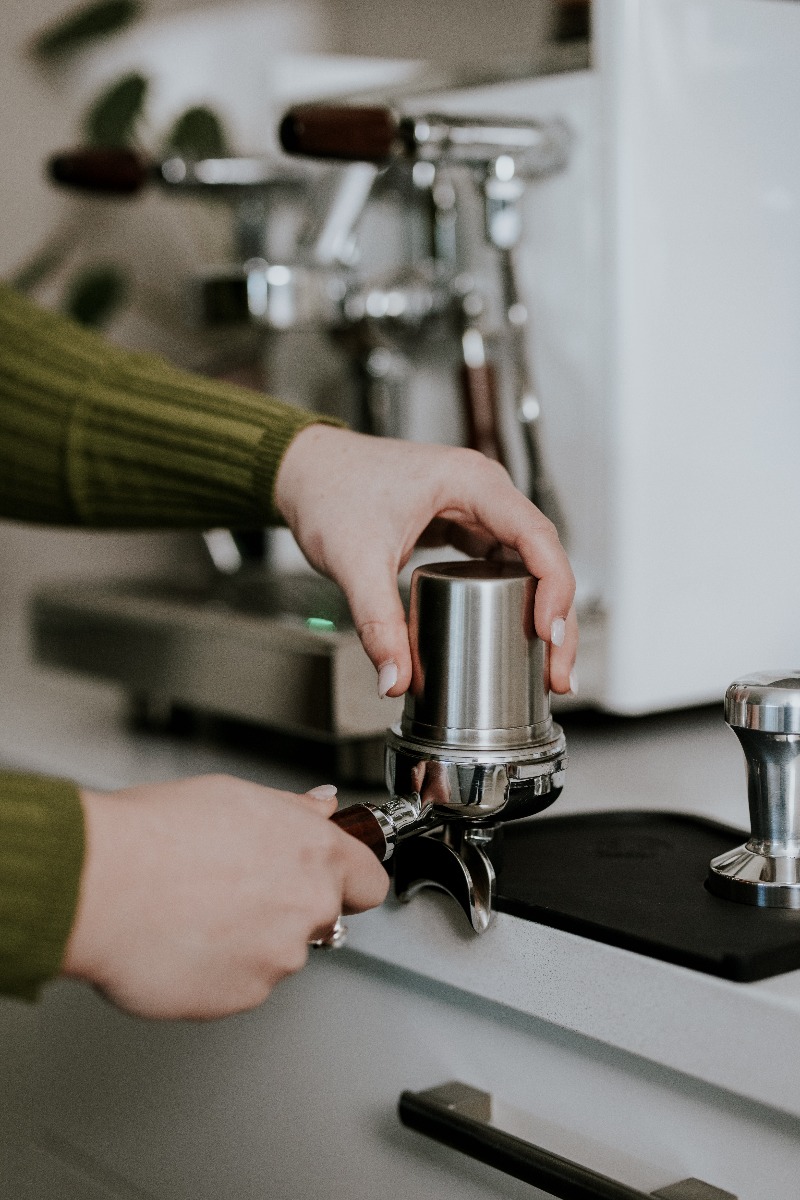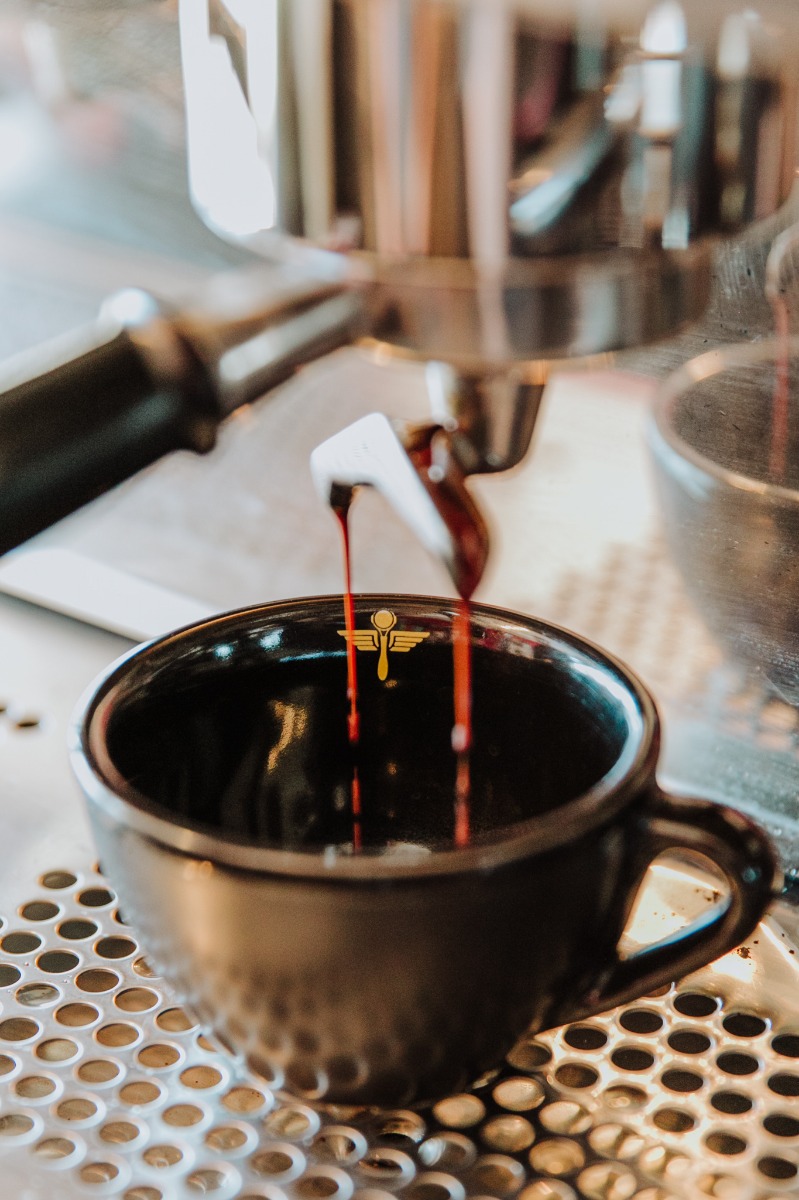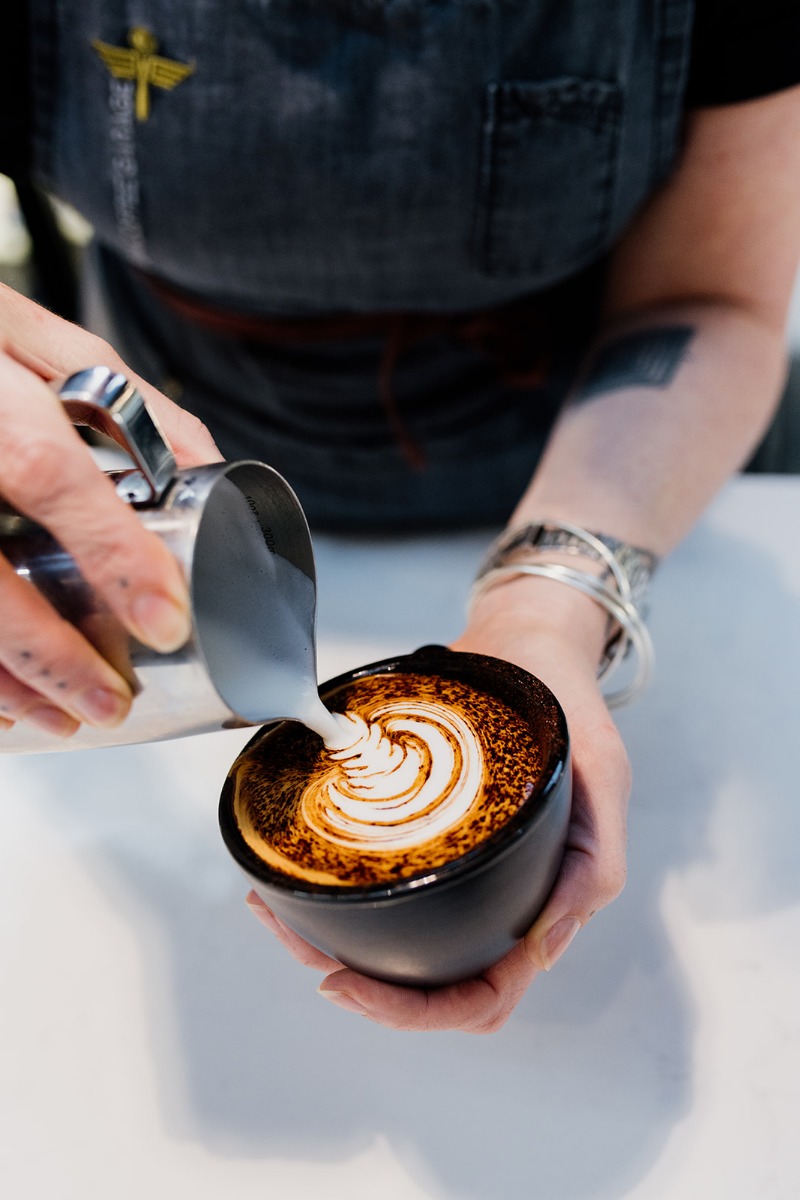HOW TO MAKE THE PERFECT ESPRESSO AT HOME
- 1 June 2022
Perfecting your espresso at home can take some time and practice, and if you’re new to the home barista game, it can also be confusing. We’ve broken down the key elements in what makes an espresso perfect, to help you on your way to nailing your daily coffee every time.
Jump to a Section:
THE COFFEE BEANS
Fresh is best - just not too fresh. Coffee beans need about a week to de-gas, which is a natural process where freshly roasted beans release a build-up of carbon dioxide. If you use too-fresh beans, your espresso will be bubbly (gassy), potentially watery-looking, and ultimately won’t have had time to fully develop its flavour characteristics. On the other hand, coffee that is too old or stale will give you a less-than desirable cup of joe, with a weak flavour profile and a thin crema. It's also important to note that coffee beans only have around a six week shelf life - although you can use the beans after the six week mark, you'll notice a gradual decrease in the quality of the espresso. For coffee roasted fresh every week, see our full range of beans here!
THE GRIND
The grind is probably the most temperamental of all elements in creating the perfect espresso. The age of your coffee, how you store your beans, whether it’s a humid day or not, and moisture content in the beans can all affect the grind. Espresso grinders will vary slightly as well – they are not something you set and forget; it’s important to keep an eye on your grind and adjust where necessary (keeping in mind – making small adjustments at a time is best!)

THE DOSE
Dosing is a major component in getting the perfect espresso shot. If you’re over or under-dosing, it can dramatically affect the end result.
For most double basket group handles, you’re looking for 21g of finely ground coffee. Weighing this out each time will ensure you’re not only making consistent espresso shots but allows you to adjust in other areas if you’re still having issues. Tools such as scales and dosing cups will help you get the most accurate result every time.

THE TAMP
Ideally, you want to tamp once with a decent amount of pressure – not too firm and not too soft, making sure to tamp on a flat surface to avoid unevenness in your puck which could lead to channelling. You want around 10 – 15kg of tamping pressure, which you can figure out by tamping on a set of bathroom scales. Alternatively, pick up a calibrated tamp that ‘clicks’, which only allows you to only tamp as hard as you’ve set it.

THE POUR
Timing is everything! The pour, or the period of extraction, will indicate several things to you:
- Whether your dose is correct or not
- Whether your grind is correct or not
- The freshness of the beans
For a single shot of espresso, you’re aiming to extract 30ml of espresso within 18 – 25 seconds. For a double shot, 60ml of espresso in 28 – 34 seconds is ideal. Too far either side of these times means something will need to change (e.g. your dose or grind).
THE CREMA
Rich and golden brown in colour, you should have 3 – 5mm of crema on your espresso (this is the top layer of oils on your shot). If you aren’t achieving enough crema on your espresso, there are a couple of reasons for this:
- Your grind or dose needs to be adjusted
- Your beans are too old and are getting stale
THE PUCK
Another good indication of how well your shot has poured is by looking at the puck. The puck (or residual coffee leftover in the basket after extraction) should be firm and slightly damp to the touch. If it’s soggy and overly saturated, or alternatively, extremely hard and compacted, you’ll need to reassess your other espresso components. The puck should be easy to tap out into a knock box and stay relatively well-formed.
THE RESULT?
When you have correctly extracted your espresso, you should have a good balance of these three key components:
- Oil
- Sugar
- Acid

Still having issues? Get in touch with our friendly team, or drop by one of our locations in Newcastle or Brisbane.



